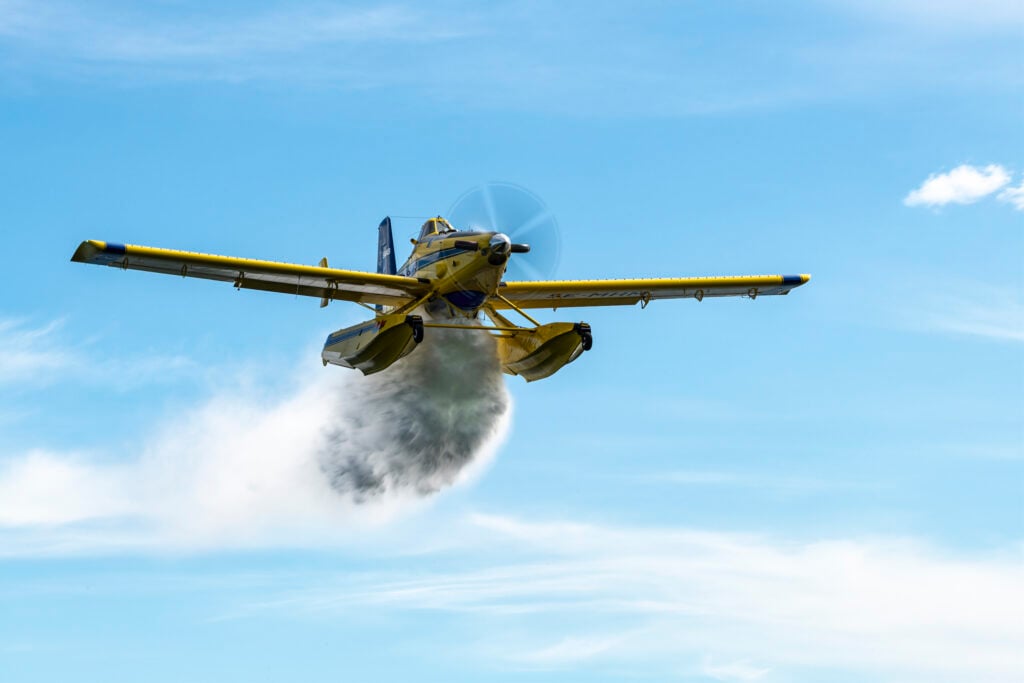Bordeaux, France – Stakeholders from across Europe recently met in Bordeaux, France, for the 27th global Aerial Fire Fighting Series conference.
One of the highlights of the sold-out show was a panel discussion featuring experts from across Europe, including Hugo Arceo, sales manager at Air Tractor Europe. The panel, titled “Addressing the Crisis of Capacity,” addressed Europe’s growing shortage of aerial firefighting resources and trained pilots.
With wildfires worsening due to climate change, demand for aircraft and skilled operators has surged—but supply has struggled to keep up, Arceo explained. Specialized firefighting pilots are in short supply, and training pipelines are slow and limited. As a consequence, many aerial firefighting pilots have adapted from unrelated fields like agriculture or the military.
Compounding the issue, aircraft manufacturing is constrained by engine production and certification timelines, making it difficult to expand aerial firefighting capacity quickly—even when funding is available.

The good news? Governments are starting to respond. According to Arceo, national fleets are expanding, cross-border collaboration is increasing, and new tech is on the horizon. But experts caution: scaling capacity takes time. As Arceo and other panel members emphasized, fighting wildfires requires the same long-term planning and investment as preparing for war—because, in many ways, it is one.
Air Tractor President Jim Hirsch, who attended the event, said the panel confirmed what Air Tractor has been seeing in markets worldwide.
“Wildfire is receiving focus like we have never seen,” Hirsch said. “Every aspect of forest management, from ground firefighters to aerial assets, is getting attention, but there is a big gap in aerial asset capacity worldwide.”
However, firefighting budgets are strained, and agencies everywhere seek new funding sources to buy equipment and hire people.
While some have proposed using military units to supplement wildfire response, Hirsch said the need for specialized flight training and the demands of their primary missions make it an unsustainable option. The need for well-prepared, skilled aerial firefighting units is rising.
Other sessions at the conference echoed what Air Tractor officials have been touting for years: get there early and put out the fire before it gets big. “Aerial response to wildfires should be an emergency response, not a last resort,” Hirsch explained.
According to Hirsch, the state of Washington has been at the forefront of data collection on firefighting domestically. Their findings suggest that if an airplane can be on the scene within 15 to 30 minutes of the first call, the fire will be controlled quickly in most cases.
“As this issue becomes more and more urgent for states and countries to address, we are dedicated to sharing these findings along with what we have learned building AT-802F single-engine air tankers and lessons learned in the field by fire crews,” Hirsch said. “The more agencies understand the proven benefits of rapid initial attack, the more lives and property can be saved.”






